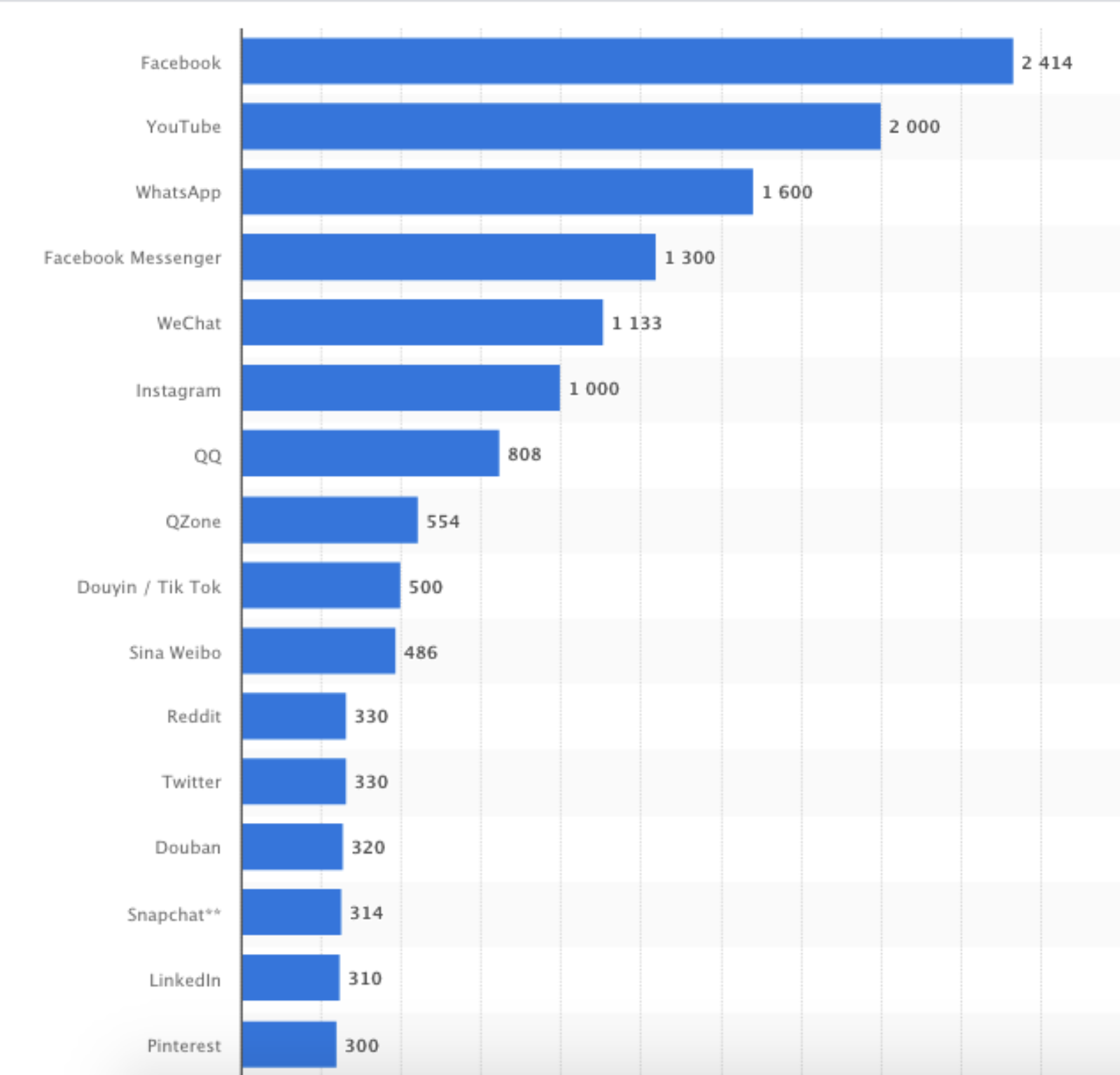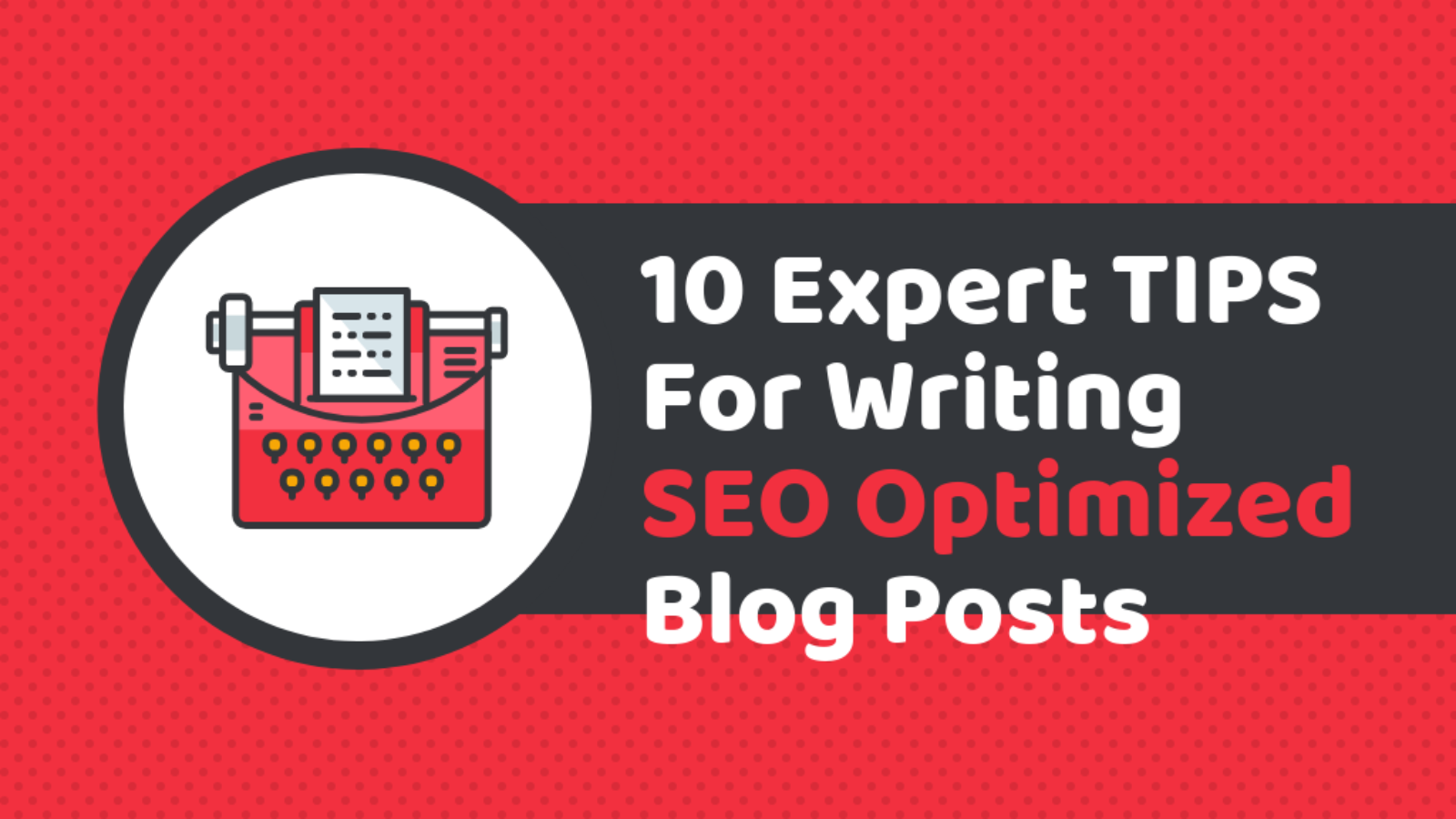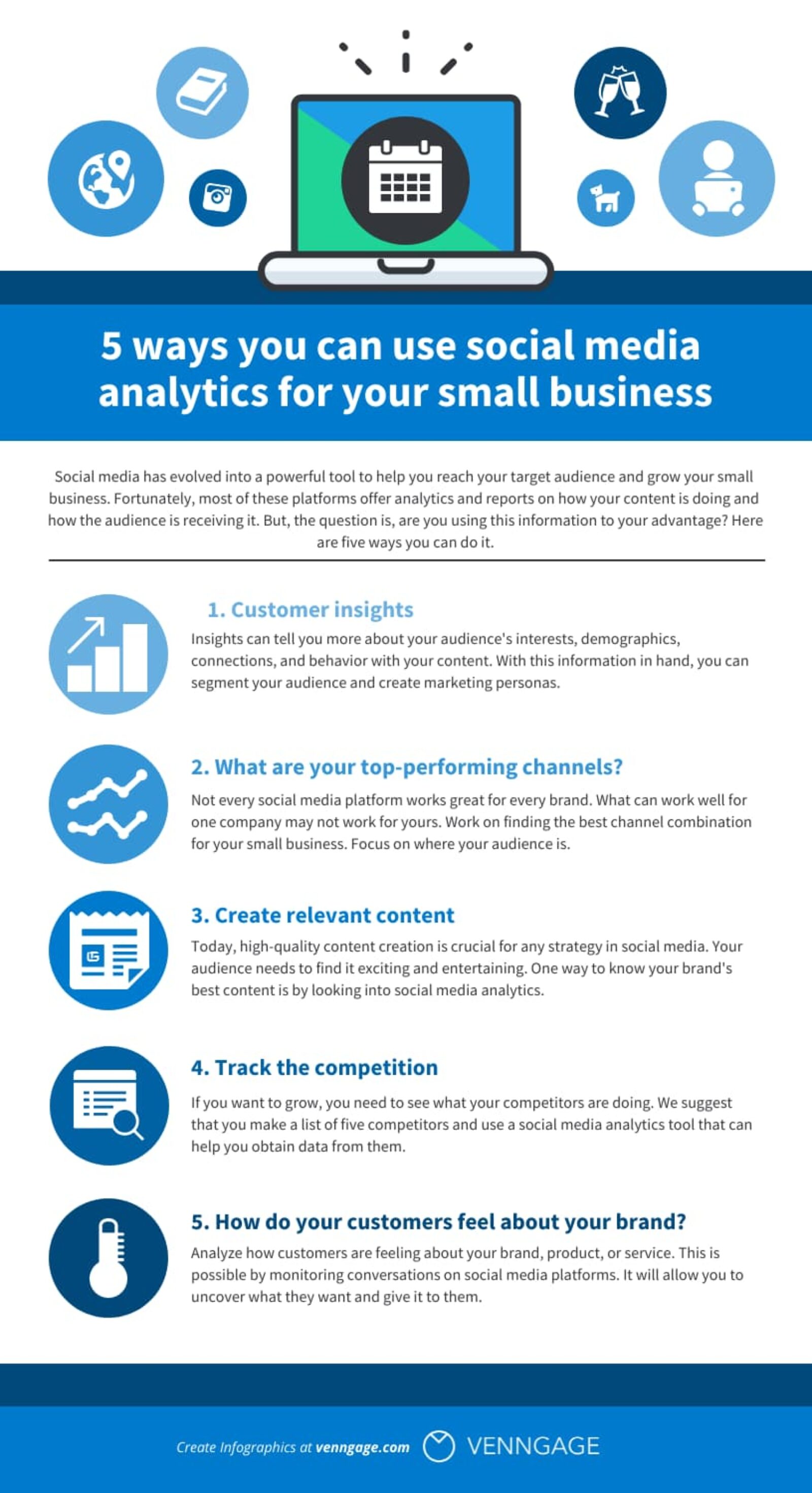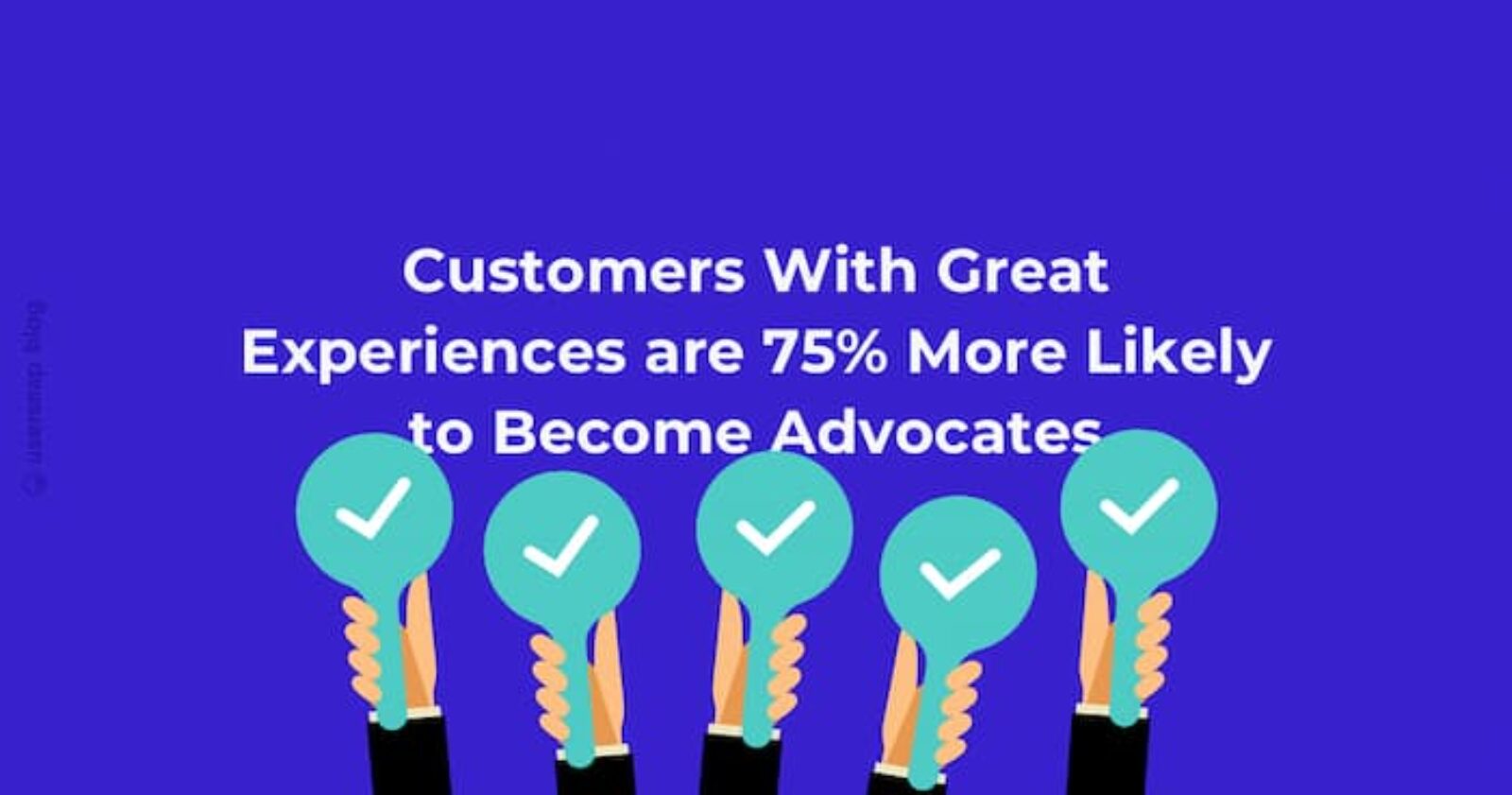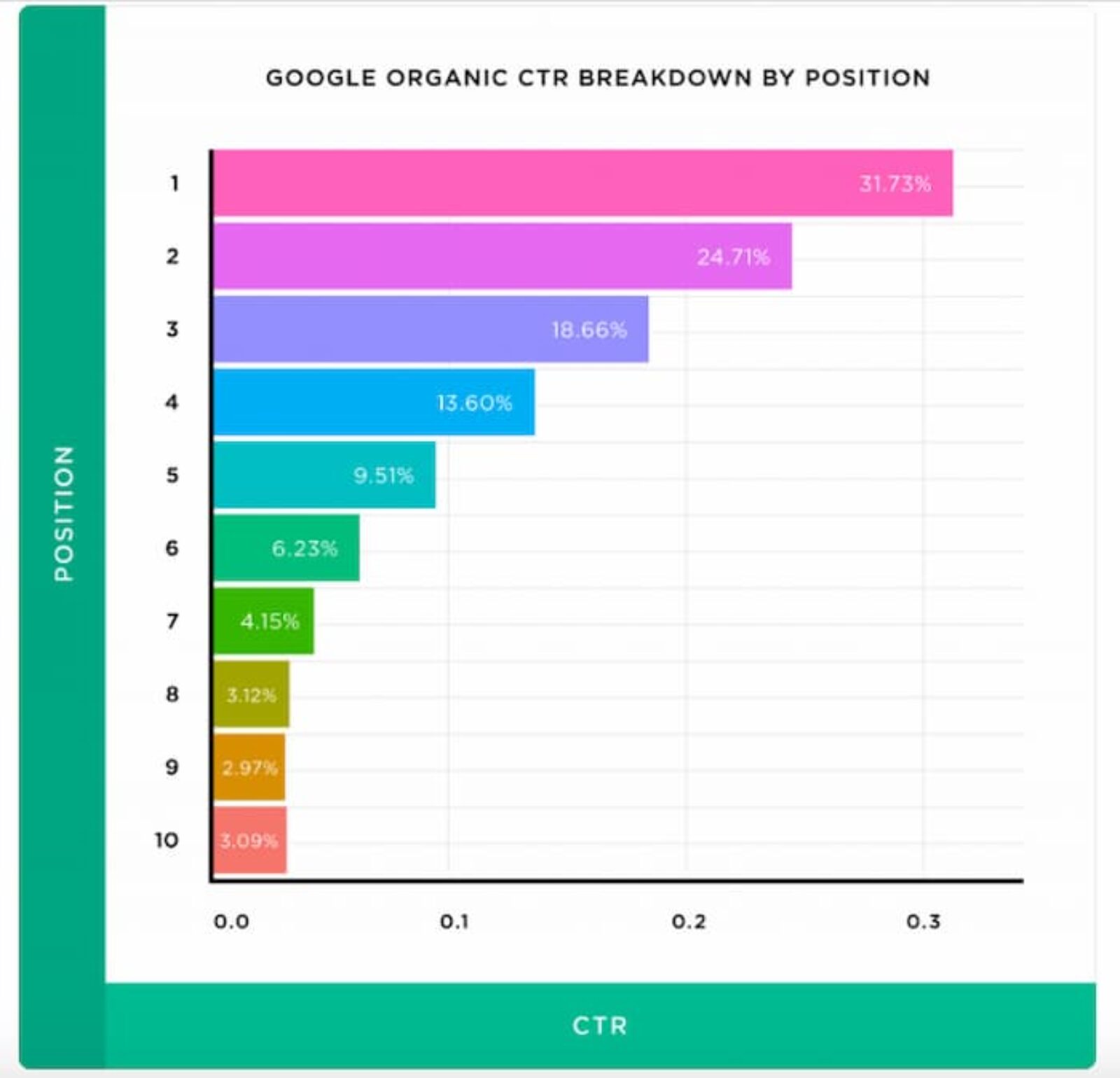The Evolution of AI Email Marketing Campaigns
Email marketing is one of the oldest digital marketing strategies that has proven to stand the test of time. No matter what your industry is, start building an email list as soon as possible to assist in the growth of your business. Here you’ll learn the importance of email...
10 Digital Marketing Strategies To Implement In 2023
Of all the important tasks that a small business has on its plate, there are at least 10 digital marketing strategies that should remain at the foremost of your mind. Here is a checklist for starting the New Year with an additional boost to your website’s search...
10 Expert Tips For Writing SEO Optimized Blog Posts
Driving traffic to your site relies heavily on the effectiveness of your content. In order for people to click on your pages in a search result, they have to rank high enough to be seen by users. Learn how to write SEO optimized blog posts to increase the traffic your site...
Pillar Page Best Practices For Structuring Content
Publishing content regularly can result in your blog resembling a scattered array of articles that don’t work together as themed content. One advantage you can create as a publisher is defining themes within your content by organizing them in topic clusters. As a precursor to...
SEO Content Writing: How Does It Work?
SEO content writing is a term that refers to producing optimized content that appears for target keywords. The process incorporates keyword research, SERP analysis, competitive analysis, content creation, and optimization.Publishing search-engine-optimized content gives...
Social Media Analytics For Small Businesses
Today, social media has evolved into a powerful tool to help you reach your target audience and grow your small business. For this reason, if you want to take this seriously, you need to make decisions based on the data that social media analytics provides small businesses...
Marketing Funnels: Get More From Your Website Traffic
Marketing funnels are a solution to get the most from the volume of traffic that lands on your website. Search engine optimization drives traffic that attracts visitors at various stages in the buyer cycle. Many visitors may not be ready to purchase immediately and therefore...
Content strategy keyword research Link building Local SEO On-page optimization SEO strategy Technical SEO
7 Advanced SEO Strategies To Grow Website Traffic
Everyone has a website these days, but not everyone is ranking on the first page. How do you send droves of traffic to your website when thousands of others are competing for the same keywords? Here are some well-known advanced SEO strategies that are proven to increase...
11 Tactics To Increase Landing Page Conversions
Landing pages are an essential part of the marketing funnel. The sole purpose of a landing page is to achieve a specific goal conversion that moves visitors closer to purchasing from your company (deeper into your marketing funnel) or guides them to the purchase itself. When...
Attract More Website Visitors On A Shoestring Budget
The situation is you’ve launched your new website and yet the damn thing cost you damn near every penny you own. It was a mistake not to consider SEO with your web design, however, you’re at the point where you need to attract more website visitors, but you’re not sure...


